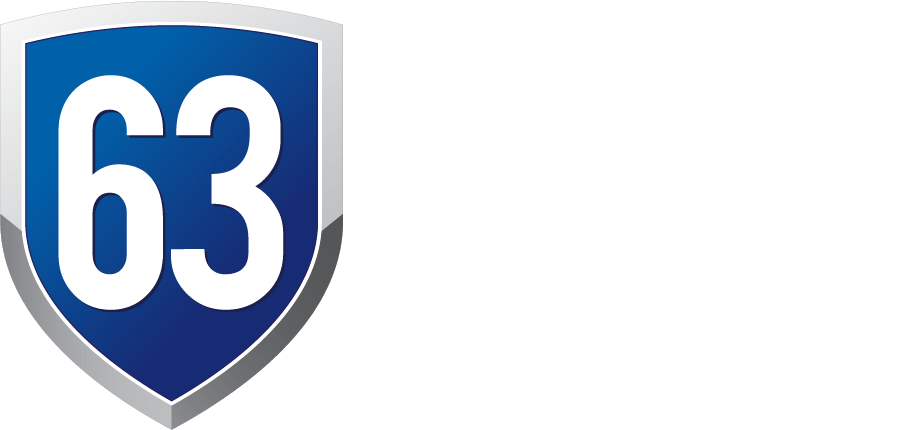Red Team Assessment

A Red Teaming assessment involves simulation of cyber-attacks to test the organisation in real-time from a perspective of an adversary/ breach.
The purpose of red teaming is to give an organisation a clear picture of where it stands in the real world if their system(s) were compromised. It provides an organisation with a valuable insight into cybersecurity measures such as their defence system, identifying the weaknesses and provide them remedial measures by reinforcing their defence systems before a real attack occurs.
Red Teaming is essential for all types and sizes of organisations but is specifically important for larger organisation(s) that carry complex networks and critical data.
Company Vision and Mission: Explain the company’s dedication to improving clients’ resilience through innovative red teaming methodologies.
Why choose 63 SATS?
Team Expertise
At 63 SATS, we have experience in carrying out 100+ engagements in highly adversarial conditions, testing organizations' defenses against sophisticated and realistic cyber threats, implementing social engineering tactics to assess human-centric security, and navigating complex and hostile environments to expose vulnerabilities.


Approach
Experts in 63 SATS use The MITRE ATT&CK (Adversarial Tactics, Techniques, and Common Knowledge) framework which is a widely recognized and comprehensive knowledge base and is often used in both offensive and defensive cybersecurity operations, including red teaming. it provides a valuable reference for understanding the tactics and techniques employed by adversaries during various stages of the cyber kill chain. Red teamers in 63 SATS use MITRE ATT&CK to model and simulate realistic adversary behaviour.
Here's how MITRE ATT&CK can be applied in the context of red teaming
Pre-Engagement
Reconnaissance
Threat Intelligence Integration
Planning
Execution
Post-Exploitation
Reporting
Debriefing
Key Principles of the Red Team Assessment Framework that are followed here at 63 SATS
Realism
Simulate threats realistically to provide an accurate assessment of the organization's security posture.
Adaptability
Be adaptable to changes in the threat landscape and technology environment.
Risk-Focused
Prioritize vulnerabilities based on potential impact on the organization.
Ethical Conduct
Operate within ethical boundaries and adhere to the rules of engagement.
Collaboration
Collaborate closely with the organization's blue team and other stakeholders.
Continuous Learning
Stay informed about the latest threat intelligence, attack techniques, and cybersecurity trends.
Customization
Tailor the red team assessment framework to the unique characteristics of the target organization.
Services
Red teaming services consists of a range of activities and engagements aimed at assessing and improving the security posture of an organization. These services simulate real-world cyber threats to identify vulnerabilities and weaknesses in the organization's defenses.
The specific services offered by 63 SATS red teamers are here as follows:
External and Internal Red Team Assessment
Adversarial Simulation
Social Engineering
Wireless Network Exploitation
Cloud Security Assessment
Physical Security Testing
Scenario-Based Testing
Incident Response Testing
Threat Intelligence Integration
Reporting and Debriefing
Training and Awareness
Customized Services
See our solutions in action through interactive demos
Get a firsthand experience of how our products and platforms can fortify your defenses against modern cyber threads.
